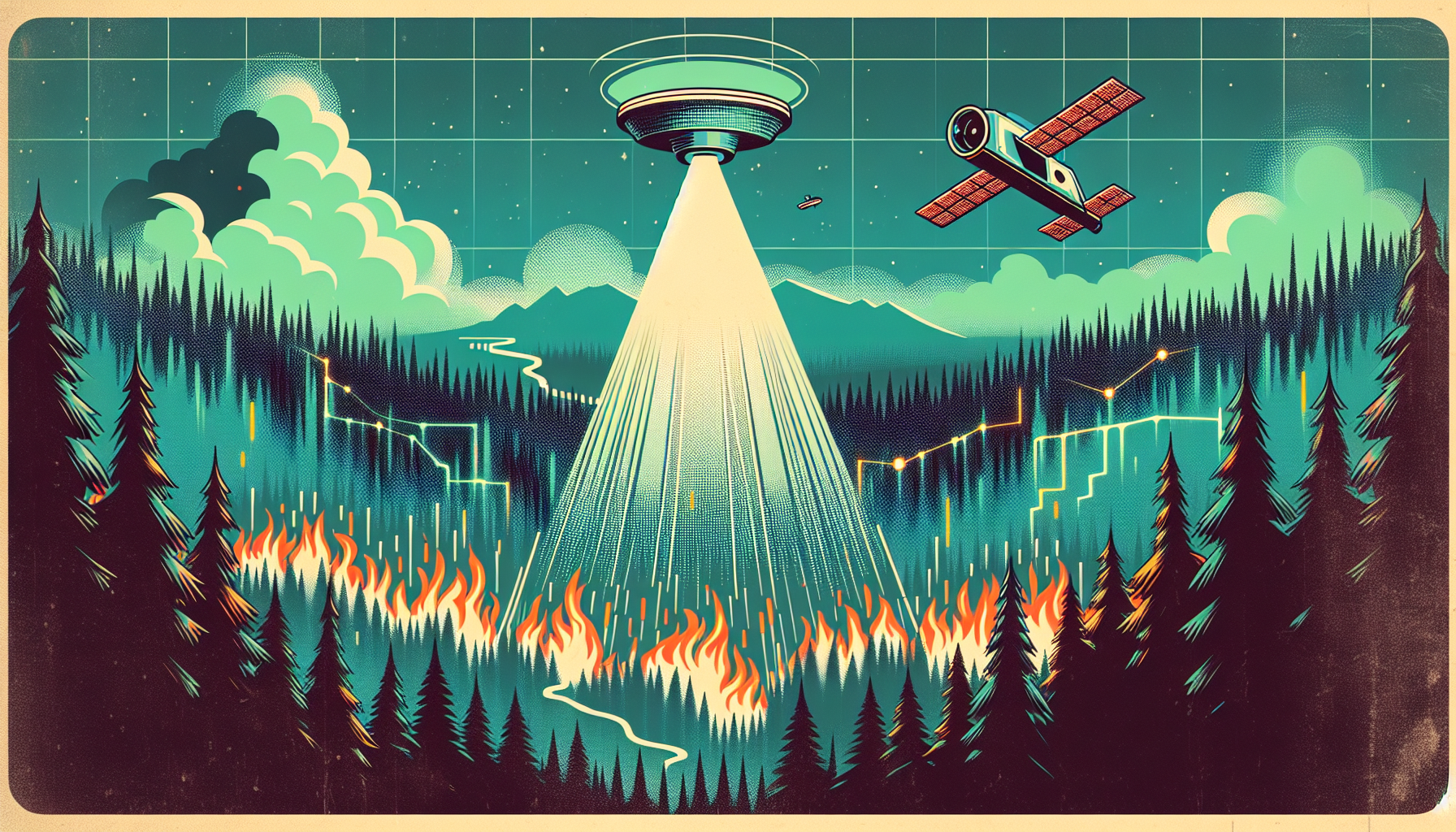In the world of wildfire detection, a transformation is underway, driven by the power of artificial intelligence (AI). As wildfires become more frequent and devastating, these intelligent systems offer a beacon of hope, promising to boost our efforts in detecting threats early and responding more effectively. This emerging frontier in technology delves into advanced solutions that can potentially save both lives and property. Here, we explore how AI is making waves in the vital task of wildfire detection, from the dense Amazon Rainforest to regions around the world.
AI-Powered Detection Systems
Satellite Imagery and Deep Learning
Traditional wildfire monitoring has often struggled due to the limitations of satellite imagery, which can be infrequent or lacking in detail. To overcome this, a team from USC Viterbi’s Information Sciences Institute is pioneering an AI system that processes satellite images in real-time. This system, using deep learning algorithms, evaluates images across various light wavelengths to produce detailed fire maps. Remarkably, their target is to achieve a 95% detection rate while limiting false alarms to a mere 0.1%. Such precision represents a leap forward in ensuring timely and accurate wildfire alerts.
Artificial Neural Networks
In the heart of the Amazon Rainforest, AI is pushing the boundaries of detection accuracy. Research in the International Journal of Remote Sensing demonstrates the success of using artificial neural networks (ANNs), specifically Convolutional Neural Networks (CNNs), to accurately classify areas ravaged by wildfires. Models trained with Landsat 8 and 9 satellite images boasted a remarkable 93% success rate during initial tests, adeptly identifying wildfires in unseen data with high precision. This innovative approach underscores AI’s role in enhancing our ability to protect these vital ecosystems.
Sensor-Based Innovations
AI Wildfire Detection Sensors
In a remarkable feat by a high school student, Ryan Honary, AI-powered sensors have been developed capable of detecting fires as small as a single square foot. These sensors employ machine learning and infrared technology to continuously monitor heat sources, enabling early warnings to be dispatched to responders. With the potential for widespread deployment, these sensors could integrate seamlessly into existing environmental systems, providing a vital tool in our arsenal against wildfires.
AI-Driven Surveillance Systems
Pano AI System
Austin Energy in Texas showcases the power of AI-driven surveillance in wildfire detection. Its system employs ultra-high-definition cameras, real-time data, and AI to pinpoint and report potential wildfire outbreaks. Immediate notifications, complete with precise location data and real-time visuals, are sent to local fire departments. This groundbreaking deployment illustrates AI’s capability to enhance wildfire management, translating data into tangible, life-saving actions.
Broader Implications and Future Directions
The integration of AI into wildfire detection marks a profound shift toward more localized and effective management strategies. By blending AI with existing technologies, we can significantly bolster response efforts, offering a lifeline in the fight against this natural threat. Looking ahead, expanding AI training datasets and exploring other applications, like monitoring deforestation, will be essential in optimizing these systems.
As AI technology progresses, it will undeniably play a pivotal role in refining how we detect and respond to wildfires. From leveraging satellite imagery and sensor networks to enhancing surveillance systems, AI stands ready to reshape our approach to managing wildfires across the globe.

Leave a Reply